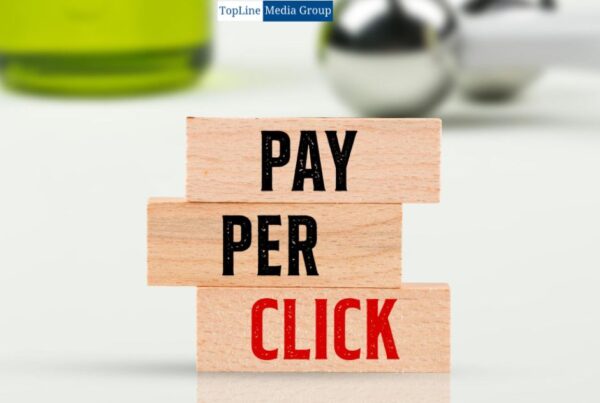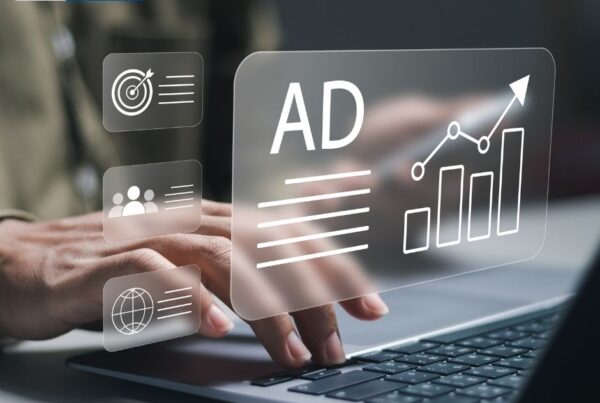In today’s digital age, the competition for online visibility and customer engagement has never been more fierce.
To stand out in the crowd and drive traffic to your website, paid advertising has become an essential tool for businesses of all sizes.
In this article, we will delve into the world of paid advertising, exploring its various forms, strategies, and benefits.
Understanding Paid Advertising
What Is Paid Advertising?
Paid advertising involves bidding on keywords or demographics to display ads to users who are actively searching for related products or services.
Advertisers only pay when a user clicks on their ad, making it a cost-effective method to reach potential customers.
Different Forms of Paid Advertising
Paid advertising comes in various forms, including search engine advertising, display advertising, social media advertising, and video advertising.
Each form has its unique advantages and can be tailored to specific business objectives.
Benefits of Paid Advertising
Increased Visibility
Paid ads appear at the top of search engine results pages (SERPs) and on prominent positions in social media feeds.
This prime real estate ensures that your business gets noticed by potential customers.
Targeted Audience Reach
Paid advertising allows you to define your audience based on demographics, interests, and online behavior.
This precision ensures that your ads are seen by the people most likely to convert into customers.
Measurable Results
One of the standout features of paid advertising is its measurability.
Advertisers can track the performance of their campaigns in real-time, allowing for quick adjustments to maximize results.
Key Platforms for Paid Advertising
Google Ads
Google Ads is the most popular paid advertising platform, enabling businesses to display ads on Google’s search engine results pages and partner sites.
Its vast reach and robust targeting options make it a staple for many advertisers.
Facebook Ads
With over two billion monthly active users, Facebook offers a vast audience for advertisers.
Its detailed user data allows for precise audience targeting, making it ideal for businesses looking to engage with specific demographics.
Instagram Ads
Instagram, owned by Facebook, is a visual platform perfect for businesses with compelling imagery.
Instagram ads seamlessly integrate into users’ feeds, providing a non-disruptive advertising experience.
Creating a Successful Paid Advertising Campaign
To run a successful paid advertising campaign, you must follow a strategic approach:
Setting Clear Goals
Determine what you want to achieve with your campaign, whether it’s driving website traffic, generating leads, or boosting sales.
Identifying Your Target Audience
Define your ideal customer and tailor your ad campaigns to address their needs and preferences.
Crafting Compelling Ad Copy
Write an engaging ad copy that highlights your unique selling points and encourages users to take action.
Budgeting and Bidding Strategies
Set a realistic budget and bidding strategy to control costs while maximizing results.
Monitoring and Optimization
Regularly monitor your campaign’s performance and make data-driven adjustments to improve its effectiveness.
Common Mistakes to Avoid
In the world of paid advertising, several pitfalls can hinder the success of your campaigns:
Neglecting Mobile Optimization
With the majority of internet users browsing on mobile devices, it’s crucial to ensure that your ads are optimized for mobile viewing.
Ignoring Negative Keywords
Failing to include negative keywords in your campaign can lead to wasted ad spend on irrelevant clicks.
Overlooking Ad Extensions
Ad extensions provide additional information to users and can improve the click-through rate of your ads.
Neglecting Landing Page Quality
A well-optimized landing page is essential for converting ad clicks into conversions.
Measuring the Success of Your Campaign
To gauge the effectiveness of your paid advertising efforts, keep an eye on key performance indicators (KPIs):
Click-Through Rate (CTR)
CTR measures the percentage of users who clicked on your ad after viewing it.
Conversion Rate
Conversion rate indicates the proportion of users who completed a desired action, such as making a purchase.
Return on Investment (ROI)
ROI quantifies the profitability of your advertising campaign by comparing the cost of advertising to the revenue generated.
The Future of Paid Advertising
As technology continues to evolve, paid advertising is also changing:
AI and Automation
Artificial intelligence and machine learning are being used to optimize ad targeting and improve campaign performance.
Video Advertising Trends
Video ads are gaining popularity, and platforms like YouTube offer opportunities for businesses to engage audiences through video content.
Conclusion
Paid advertising is a dynamic and powerful tool for businesses seeking to expand their online presence and reach a targeted audience.
By understanding the different forms, benefits, and best practices of paid advertising, you can create effective campaigns that drive results.
FAQs
What is the difference between paid advertising and organic search results?
Paid advertising involves paying for ad placements, while organic search results are based on relevance and do not require payment.
How do I choose the right keywords for my paid advertising campaign?
Keyword selection depends on your target audience’s search behavior and your campaign objectives. Research and use keyword tools to identify relevant keywords.
Can I target a specific demographic with paid advertising?
Yes, most paid advertising platforms offer advanced targeting options, allowing you to reach specific demographics, interests, and behaviors.
Is paid advertising suitable for small businesses with a limited budget?
Yes, paid advertising can be scaled to accommodate various budgets. Start small, monitor performance, and adjust your budget as needed.
Are there any ethical considerations in paid advertising?
Yes, ethical considerations in paid advertising include transparency, honesty in ad content, and respecting user privacy.
How long does it take to see results from a paid advertising campaign?
The time it takes to see results from a paid advertising campaign can vary depending on factors such as your industry, competition, and campaign strategy. Some businesses may see immediate results in terms of website traffic and conversions, while others may take a few weeks or even months to achieve their desired outcomes. It’s essential to monitor your campaign’s performance and make adjustments as needed to optimize results.
What is the difference between PPC and CPM advertising?
PPC (Pay-Per-Click) advertising charges advertisers each time a user clicks on their ad, making it a performance-based model. In contrast, CPM (Cost-Per-Thousand Impressions) advertising charges advertisers based on the number of times their ad is shown to users, regardless of clicks. PPC is often used for direct response campaigns, while CPM is more common for brand awareness and display advertising.
Are there any industry-specific regulations or guidelines for paid advertising?
Yes, certain industries, such as healthcare, finance, and alcohol, may have specific regulations and guidelines governing paid advertising. It’s crucial for businesses to be aware of and comply with these regulations to avoid legal issues and ensure ethical advertising practices.
Can I run paid advertising campaigns on multiple platforms simultaneously?
Yes, it is possible to run paid advertising campaigns on multiple platforms simultaneously. In fact, many businesses adopt a multi-channel advertising approach to reach a broader audience. However, it’s essential to tailor your ad content and targeting to each platform’s unique user base and advertising format for the best results.
How can I track the ROI (Return on Investment) of my paid advertising campaigns?
Tracking the ROI of your paid advertising campaigns involves measuring the revenue generated from the campaign against the cost of advertising. You can use tracking tools provided by advertising platforms, set up conversion tracking on your website, and analyze data such as sales, leads, and customer acquisition cost to calculate ROI accurately. It’s essential to regularly assess your campaigns and make data-driven decisions to optimize ROI.




